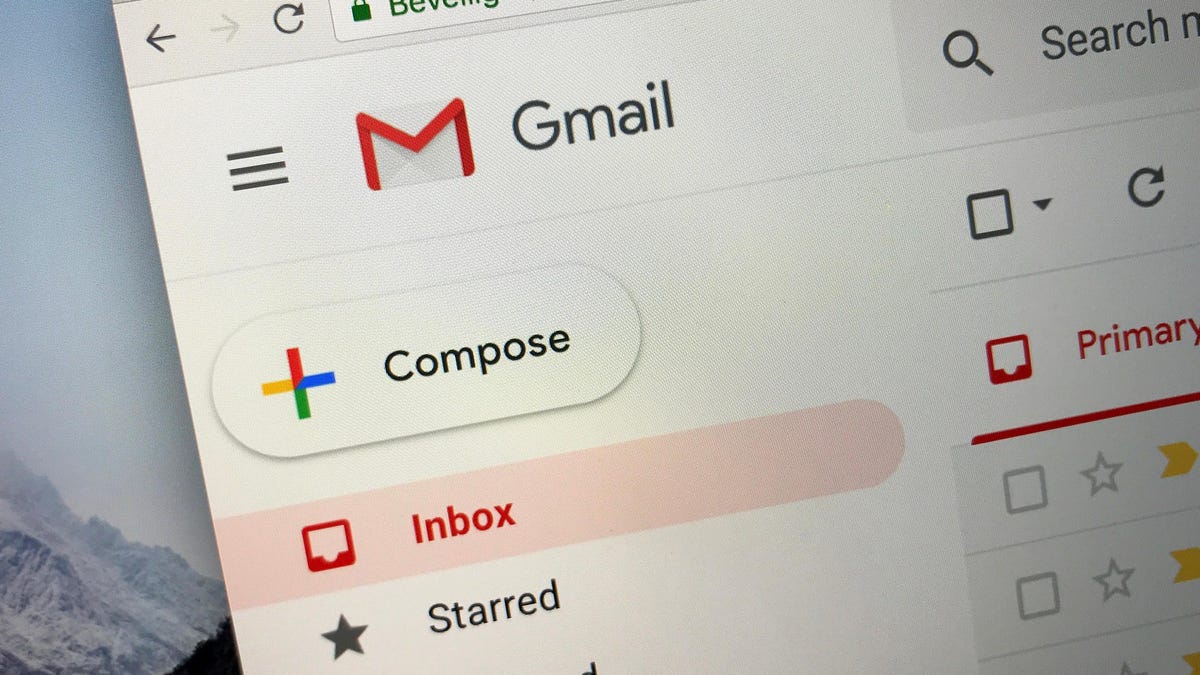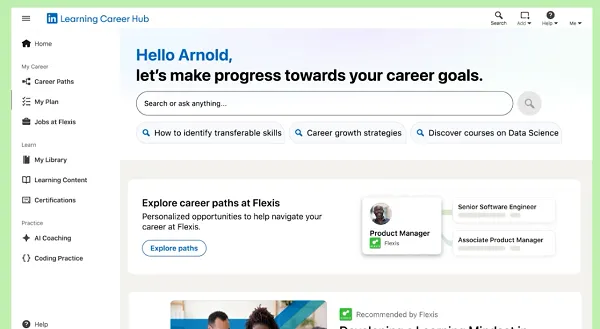Your Gmail Account Has Unlimited Addresses
One Gmail, one address. That seems right. After all, you have one phone number, and one home address. The same should be true for your email addresses, Gmail included. As it happens, though, your Gmail account has an unlimited...


Photo: Jarretera (Shutterstock)
One Gmail, one address. That seems right. After all, you have one phone number, and one home address. The same should be true for your email addresses, Gmail included. As it happens, though, your Gmail account has an unlimited number of addresses you can use whenever you want, fooling everyone from Netflix to spammers alike.
There are actually a couple of methods here. The first is what allows you to turn your single gmail address into infinite addresses, through a tactic called “plus addressing” (a fitting name). In order to take advantage of plus addressing, you simply type a plus (+) after the local-part (the name before the @), then type whatever you want.
For example, if my Gmail address were jake@gmail.com, I could type jake+lifehacker@gmail.com, or jake+gomedia@gmail.com. The service you’re using that email with will think it’s an entirely new address, but any emails to that address will still be sent to your inbox. This works for any Gmail address, even if the domain isn’t gmail.com.
On the one hand, it’s a great trick for figuring out where your spam emails are coming from. You could get in the habit of applying an appropriate plus address to whichever service you’re signing up for. I could use jake+facebook@gmail.com when signing up for Facebook, or jake+hulu@gmail.com when creating a Hulu account, for example. If I were to check a spam message in my inbox, and see that it came from “jake+facebook@gmail.com,” I would know Facebook was leaking my address to third-parties who were sending me spam, as long as I wasn’t sharing the jake+facebook address with another service.
On the other hand, though, it’s the perfect temporary email factory for free trials. Forget about opening a new Gmail account every time you want to watch a show for free. Just add a new plus address to your current account and start another trial. Using jake+thanksforthefreecontent@gmail.com and jake+roundtwobuckaroo@gmail.com will work just fine. Of course, if the service requires a unique credit card for each new trial, that presents a fresh challenge.
G/O Media may get a commission
It’s not just plusses, either. Periods will also work here. You could run with j.ake@gmail.com, ja.ke@gmail.com, j.a.k.e@gmail.com—any combination you can think of.
However, if, for some reason, the service you’re signing up for doesn’t accept your plus address, there is another Gmail trick to try. This time, all you need to do is change the “gmail” part of your address to “googlemail” (e.g., jake@googlemail.com, rather than jake@gmail.com). Just like plus addressing, using googlemail instead of gmail tricks the service into thinking you’re using an entirely new address, but all incoming googlemail emails will end up in your regular gmail inbox.
Plus addressing isn’t the only way to protect your Gmail address from spam and scammers. You can turn to “Hide My Email” services from DuckDuckGo or Apple to create “burner” accounts when signing up for new services you don’t necessarily trust. Like plus addressing, these burner accounts will forward all incoming messages to your main Gmail address, but the benefit here is you never expose your actual Gmail address in the process. Using jake+hello@gmail.com works great, but it does still reveal my local-part to the service I’m signing up for. Burner accounts offer even greater privacy.
This article was updated Monday, Nov. 21 to discuss the ability to add periods to email addresses. Thank you to commenter rossfeldman for pointing this out!

 ShanonG
ShanonG 






























